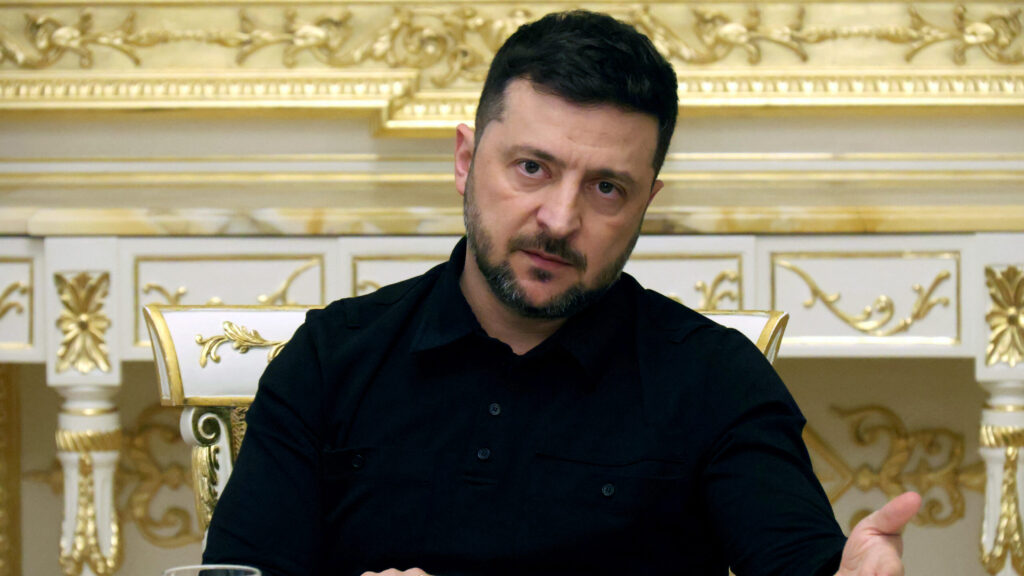Sister Elisabeth belonged for several years to a religious community under the Ukrainian Greek Catholic Church. Following a conflict, she had to leave the monastery. In the eyes of her former community and her bishop, Sister Elisabeth is no longer a nun and must be regarded under her civil identity, Zhanna K. Nevertheless, she is asking that the monastery allow her to continue living in her cell, and the Ukrainian courts ruled in her favour in 2023. That cell, they held, was her home, and Zhanna K had the right to return there.
The case is now before the European Court of Human Rights (ECHR). It is the Grand Chamber, the Court’s most solemn formation, that will have to decide the question: is a monastic cell truly a home? The monastery and Zhanna K submitted their written observations a few days ago. The Court has also authorized the European Centre for Law and Justice (ECLJ), a non-governmental organization specializing in freedom of religion, to intervene in the proceedings.
This case will have repercussions for the recognition of the rights of religious congregations across Europe. Behind the question of ‘home’ lies a broader one: what legal regime should apply to such communities? Should they be treated as ordinary associations, or should account be taken of their internal functioning, founded on a religious doctrine? By equating a monastic cell with a personal home, the Ukrainian courts have taken a secular view—at the risk of misunderstanding the reality of monastic life.
A Monastic Cell Is Not a Private Home
The ECHR protects the right to respect for one’s home and is examining whether this right applies in such a case. Yet, even if a cell could be regarded as a ‘home’, it would not be the personal home of a nun but rather the home of the congregation. Indeed, the Court has already recognized in the past that the premises of an association can constitute the ‘home’ of that association.
‘This case will have repercussions for the recognition of the rights of religious congregations across Europe’
In any case, a monastic cell cannot be separated from the monastery as a whole. The organization of a monastery is communal, and nuns choose to take vows that involve, among other things, sharing all their property and renouncing private ownership (the vow of poverty), refraining from founding a family (the vow of chastity), and obeying the superior of the congregation (the vow of obedience).
In this context, cells are regarded as places of retreat and prayer, not as personal dwellings. They are small and uniform. A nun is not allowed to change their furniture or invite outsiders into them.
The Respect Due to the Autonomy of Monasteries
This monastic reality has no secular equivalent. For that reason, it must be governed by its own legal framework—that of freedom of religion. According to the case law of the ECHR, this freedom grants a monastery the right to respect for its autonomy, so that it may operate peacefully, without arbitrary interference by the State, particularly in determining the conditions for belonging to the community.
Thus, the ECHR Grand Chamber has already held in previous cases that the State must recognize ‘the right of such communities to react, in accordance with their own rules and interests, to any dissident movements emerging within them’. It has also stated that ‘in the event of a disagreement over matters of doctrine or organisation between a religious community and one of its members, the individual’s freedom of religion is exercised through his freedom to leave the community.’
Accordingly, if the monastic cell occupied by Zhanna K was never her home, it cannot, a fortiori, be regarded as her home after she has left the monastery and is no longer a nun. Forcing the monastery to house Zhanna K would mean reintegrating her into monastic life as Sister Elisabeth or else revising the entire organization of the community to create a special place for her as a layperson. Such an obligation would violate the monastery’s right to respect for its autonomy.
The Ukrainian Courts Exceeded the Limits of Their Jurisdiction
By granting a former nun the right to return and live in her cell against the decision of the monastery, the Ukrainian courts overstepped their competence. They should have acknowledged the monastery’s decision to refuse Zhanna K’s reinstatement, but not ruled on its merits. The role of the civil courts should be limited to verifying that no abuse has been committed by the religious authorities—that is, ensuring that those authorities have not misused their power for purposes other than religious ones.
Even without adopting such an approach based on freedom of religion, a purely secular analysis would suffice to justify the monastery’s position. Accommodation linked to the performance of a function—such as tied accommodation—does not enjoy the same protection as a private home. When a person leaves the position, they must also vacate the premises. Within the meaning of the ECHR, the right to respect for one’s home does not confer a right to retain a particular dwelling or to reside in a specific location.
Related articles:







